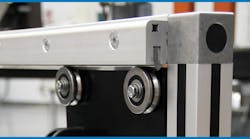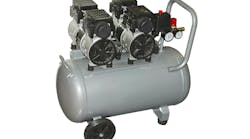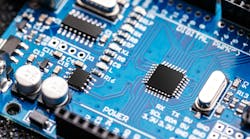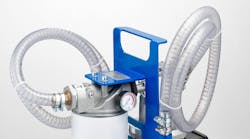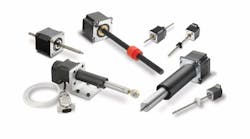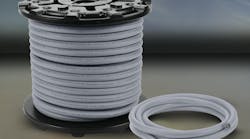For motor applications, engineers have several options at their disposal. Typically, engineers can choose between direct-current (DC) or alternating-current (AC) motors. Machine Design has covered the difference between basic types of motors in the past.
The latest types of motors to enter the fray are those that help control the energy output and achieve higher energy efficiency. These electronically communicated (EC) motors are making strides in replacing dc and ac motors; especially with the need to achieve energy-efficiency regulations.
The Basics of DC and AC Motors
DC motors rely on carbon brushes and a commutation ring to switch the direction of the current and magnetic field polarity in a rotating armature. This interaction between the internal rotor and fixed permanent magnets induces the rotation of the motor.
According to maxon motors, DC motors are limited by their brush system and have a lifespan of 1000-1500 hours; less than 100 hours if under extreme loads. Some motors may operate to 15,000 hours under favorable operating conditions. The high speed of rotation is only limited by commutation, typically achieving up to approximately 10,000 rotations per minute.
